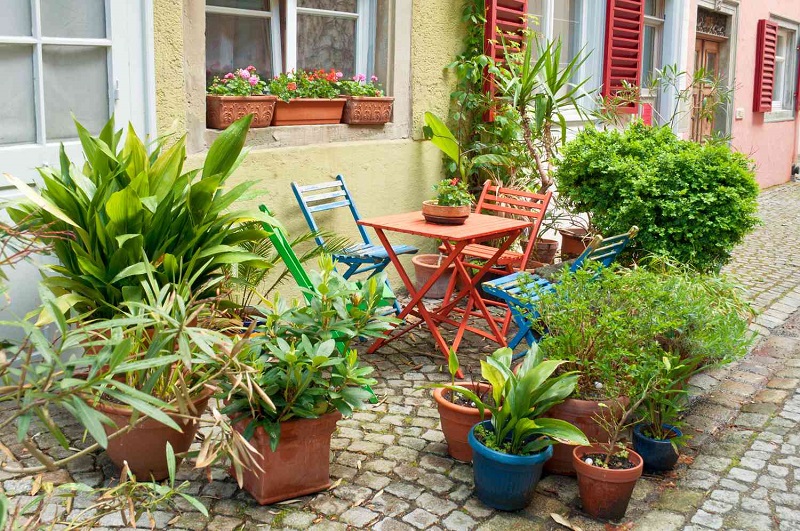Container gardening is a splendid entry point into the world of horticulture. Whether you have a spacious backyard or a modest balcony, pots offer a canvas for botanical creativity. For beginners, it’s an exciting journey, and like any adventure, a few guiding tips can make all the difference. Let’s embark on this green journey together, nurturing thriving plants in the confined embrace of containers.
1. Choose the Right Containers
Select containers with adequate drainage holes. This prevents waterlogging, which can be detrimental to plant roots. The material of the container matters too. Options range from traditional clay pots to lightweight, durable plastics.
2. Opt for a Quality Potting Mix
Invest in a high-quality potting mix. It provides essential nutrients and ensures proper aeration and drainage. Avoid using garden soil, as it may compact in containers.
3. Consider Sunlight Requirements
Different plants have varying light needs. Some thrive in full sun, while others prefer partial shade. Assess your space’s sunlight patterns and choose plants accordingly.
4. Mindful Watering Practices
Containers can dry out quickly, especially in warm weather. Check soil moisture regularly. Water thoroughly when the top inch of soil feels dry. Ensure excess water can escape through drainage holes.
5. Select Appropriate Plants
For beginners, start with easy-to-grow plants like herbs, succulents, or compact vegetables. They’re more forgiving and provide a positive learning experience.
6. Implement a Feeding Schedule
Container plants rely on the nutrients present in the potting mix. To ensure they thrive, feed them with a balanced, water-soluble fertilizer every few weeks during the growing season.
7. Monitor for Pests and Diseases
Regularly inspect your plants for signs of pests or diseases. Early detection allows for prompt intervention, which is crucial in container gardening.
8. Rotate and Reposition
If possible, periodically rotate your containers to ensure all sides receive equal sunlight. Repositioning can also help distribute water and nutrients more evenly.
9. Pruning and Deadheading
Remove spent blooms and yellowing leaves. This encourages new growth and keeps your container looking fresh and vibrant.
10. Embrace Trial and Error
Remember, gardening is as much an art as it is a science. Don’t be discouraged by setbacks. Learn from them and celebrate your successes.
Frequently Asked Questions (FAQs)
1. Can I use regular garden soil for container gardening?
It’s not recommended. Garden soil can become compacted in containers, hindering root growth and drainage. It’s better to use a well-draining potting mix.
2. How often should I fertilize my container plants?
During the growing season, a general rule is to fertilize every 4-6 weeks. However, always follow the specific recommendations on the fertilizer packaging.
3. What are some good vegetables for container gardening?
Tomatoes, peppers, lettuce, and herbs like basil and parsley are excellent choices for container vegetable gardening.
4. Can I overwinter container plants outdoors in colder climates?
Some hardy plants can withstand winter temperatures, but others may need protection. Consider bringing sensitive plants indoors or providing insulation.
5. How do I prevent overwatering my container plants?
Ensure your containers have proper drainage holes. Additionally, monitor soil moisture and water only when the top inch is dry.
Container gardening is a delightful journey, offering a front-row seat to the wonders of plant growth. With these tips in mind, you’re equipped to embark on this green adventure, cultivating thriving, vibrant spaces, one pot at a time. Happy gardening!






